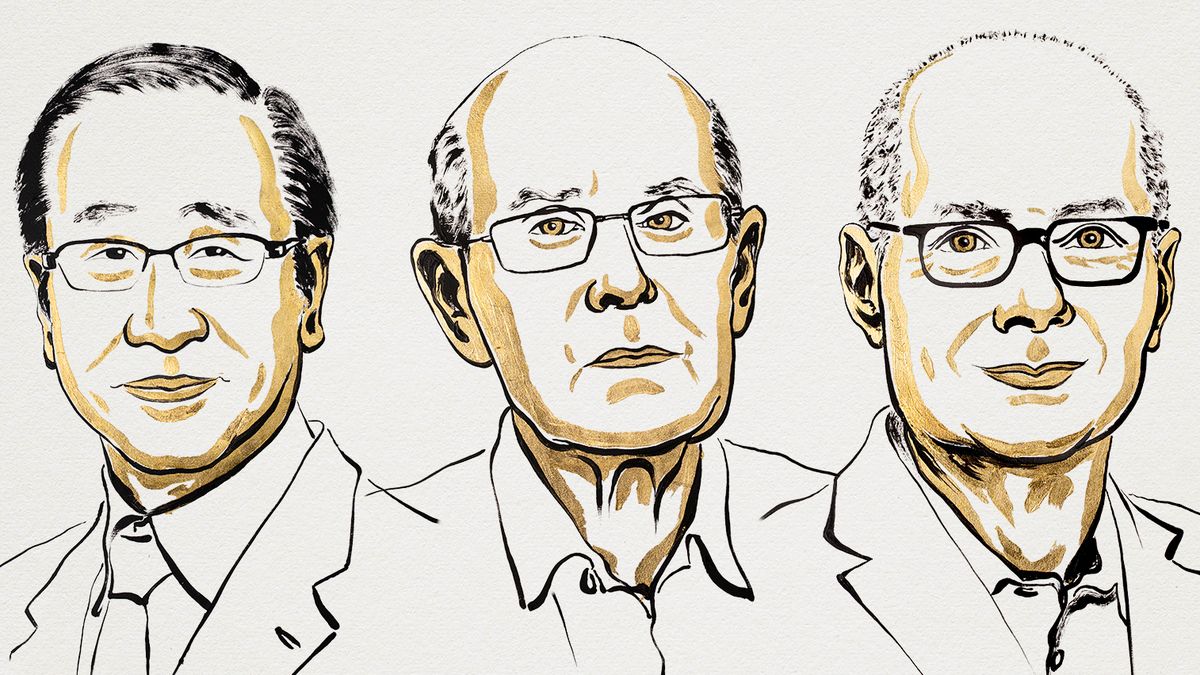The Government abandoned the fixed exchange rate scheme with microdevaluations and adopted an intervention exchange band. The new regime, driven by the agreement with the IMF, seeks to correct the imbalances accumulated so far.
The Government of Javier Milei announced a substantial turn in its exchange policy, which marks the end of the fixed exchange rate scheme with daily microdevaluations (“Crawling Peg”), and gives way to a flotation system administered with intervention bands. The new regime was presented by the Minister of Economy and the president of the Central Bank, and includes partial flexibility of the restrictions to operate in the official change market.
The content you want to access is exclusive to subscribers.
The new scheme establishes an exchange band with an initial 40%amplitude, whose floor and ceiling will be expanded monthly at a rate of 1%. In other words, the “CRAWLING PEG“As the only adjustment mechanism and a dynamic is introduced in which the price of the dollar can fluctuate within certain margins ($ 1,000/$ 1,400 at the beginning), although with official intervention if it comes out of that range. Restrictions for human people were eliminated, but those that affect companies – particular deactivated the scheme of Blend dollar that allowed exporters to liquidate 20% of their sales through financial markets.


Modification is not an isolated movement. It occurs in the context of a new agreement with the International Monetary Fundwhich demanded as a condition the abandonment of a regime that, clearly, already showed signs of exhaustion. Although from the ruling party it is insisted that this transition was contemplated since the middle of last year, the truth is that the official discourse always argued that the exchange rate would remain fixed, with decreasing adjustments to converge to a null inflation, at which time the restrictions would be lifted. This change of narrative is not less: In a program that depends critically on credibility, discursive contradictions can undermine the main asset of the government.
If the market had considered that the exchange rate was in balance, the first day of the new scheme should not have yielded significant movements. Moreover, the strong financial support obtained – which includes IMF disbursements, the World Bank, and the possible incorporation of Treasury Credit Lines of the United States – could have contained bullish pressures. However, the official dollar of the National Bank rose $ 1,230 in a single day, which implies a 10.78%devaluation. The exchange jump reflects, at least in part, a late recognition of the accumulated backwardness in recent months.
Unlike the 2015 CEPO departure, when companies freely accessed the official market even for treasure operations, the new regime retains important restrictions for corporate agents. Additionally, companies that access the official market will be disabled for 90 days to operate in financial markets, which limits the efficiency of the arbitration system and affects the depth of the market. In short there was a flexibility of the stocks but has not been eliminated.
From a technical perspective, The new scheme is an advance. It improves system flexibility and recognizes a reality that the fixed exchange rate could no longer contain. However, It is also the result of a postponed adjustment. The jump in the dollar price – and its foreseeable impact on internal prices – is not a consequence of Friday’s measure, but of the accumulated lag during the first part of the program, when it was even chosen to decelerate the “Crawling PEG” with the aim of strengthening the nominal anchor.
It is paradoxical that, Just two months after the government said that “crawling peg” had ceased to be an anti -inflationary tool to become an inflation floor and therefore reduced to half. Such contradictions weaken the official story and hinder the construction of rational expectations.
In any case, it is just the first day of the new regime. It will be necessary to observe market behavior in the next days to evaluate At what price level of the dollar supplies and demand are stabilized. The changes were necessary and, in that sense, they are welcome. But its late implementation implies a higher cost: a jump in the exchange rate, an inflation acceleration, and a greater demand on monetary and fiscal policy to avoid even more expectations.
The task of the government is double: persuade markets that their turn is strategic, not reactive, and protect consumers from price increases that can reverse advances against inflation. The real exam will be to stabilize the dollar without unleashing an inflationary spiral or losing the confidence of society.
Source: Ambito
David William is a talented author who has made a name for himself in the world of writing. He is a professional author who writes on a wide range of topics, from general interest to opinion news. David is currently working as a writer at 24 hours worlds where he brings his unique perspective and in-depth research to his articles, making them both informative and engaging.




